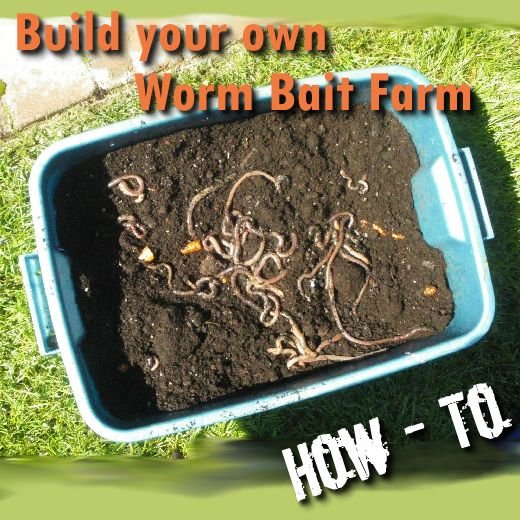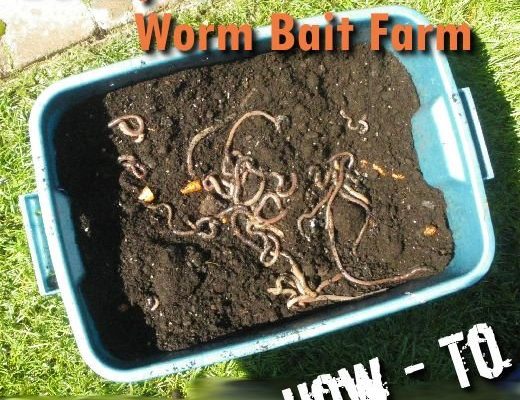
Think of it like a game of chess—outsmarting these worms before they destroy your garden’s balance. This isn’t just about catching them; it’s about understanding how they work. And while you could go for chemical solutions, embracing nature-friendly traps might be your best bet. Plus, it can be a fun project! Let’s dive into how to create your own traps and baits to efficiently deal with hammerhead worms.
Understanding Hammerhead Worms
Before we jump into trapping these creatures, it’s helpful to know exactly what we’re dealing with. Hammerhead worms, or **Bipalium** species, are flatworms that can grow several inches long. They’re typically brown or gray with that interesting flattened head. Their name comes from the shape of their front, which resembles a hammer.
Here’s the thing: they are predators. They primarily feed on earthworms, which you want in your garden to help aerate the soil. Getting rid of these invaders is crucial for maintaining a healthy ecosystem in your backyard. It’s like removing bullies from the playground—your good soil organisms will thank you for it!
You might also wonder where these guys come from. Hammerhead worms are often introduced accidentally through the movement of soil or plants. If you’ve recently added new soil to your garden, that’s a potential source. Knowing how they got there can help you prevent future infestations.
Simple Traps to Build
Creating a trap for hammerhead worms can be easy and fun. You probably have some of the materials lying around your house already. One popular method is the **coffee trap**. Here’s how it works:
1. **Gather Materials**: You’ll need leftover coffee grounds, a shallow container like a pie dish, and some water.
2. **Set Up the Trap**: Fill the pie dish with about an inch of coffee grounds. Add water just enough to make the grounds moist but not soaked.
3. **Place in Your Garden**: Set the trap in an area where you’ve seen hammerhead worms. The smell of coffee will attract them.
Honestly, coffee grounds are a great bait because they have a strong scent that many worms find appealing. Once the worms are in the trap, they’ll drown. It’s a humane way to reduce their number without using chemicals.
Using Beer as Bait
Another effective bait for hammerhead worms is classic **beer**. Yes, you read that right! Here’s how to use it:
1. **Find a Container**: Use a cup or a small bowl, which will serve as the baiting station.
2. **Pour in the Beer**: Fill it halfway with beer. The scent of yeast is something that attracts many garden pests.
3. **Bury It Slightly**: Dig a small hole in your garden and place the container in so the rim is level with the ground.
The hammerhead worms will crawl in, attracted by the scent, and won’t be able to escape. Plus, this method is easy and takes just a few minutes to set up. You get to enjoy your gardening while using leftover beverage!
Natural Alternatives: Vinegar and Salt
If traps aren’t quite your style, consider using natural repellants like **vinegar** and **salt**. Here’s a quick guide on how to use them:
1. **Vinegar Spray**: Mix equal parts of vinegar and water in a spray bottle. Spray directly onto areas where you’ve spotted hammerhead worms. Be careful not to spray your plants, as vinegar can harm them too.
2. **Salt Solution**: Mix salt with water to create a strong solution. Apply this solution to areas infested with the worms. The salt will dehydrate them, leading to their demise.
Remember to be cautious with these methods. While they can be effective, too much salt can ruin the soil quality over time. Use them sparingly and focus on targeted areas!
Monitoring and Maintenance
Setting traps is just the beginning. You’ll need to monitor your garden regularly to see how effective your traps are. Check your traps every few days and dispose of any captured pests. Here’s a quick maintenance routine:
– **Check Traps**: Look in your traps and make sure they’re still working; replace the bait if needed.
– **Inspect the Garden**: Walk around your garden and look for other signs of hammerhead worms. Keep an eye on soil health and plant growth.
– **Set New Traps as Needed**: If you notice more worms, don’t hesitate to set up additional traps.
By constantly monitoring and adjusting your strategy, you’ll create an environment that discourages hammerhead worms from settling in. It’s about persistent effort and smart gardening practices!
Combining Methods for Best Results
Using different trapping and baiting techniques together can yield the best results in your battle against hammerhead worms. Here’s how you can combine methods:
– **Use Coffee and Beer Together**: Set up both types of traps in different areas of your garden. This way, you increase your chances of catching more worms.
– **Apply Natural Repellants**: While traps are in place, use vinegar or salt solutions in parts of the garden where you’ve noticed heavy activity.
By creating a multi-faceted approach, you’re effectively outsmarting these pests and taking back control of your garden. You might be surprised at how quickly and effectively you can reduce their numbers.
Dealing with hammerhead worms can feel overwhelming at first, but with a bit of knowledge and a few DIY traps, you can protect your garden effectively. Remember, it’s all about understanding these creatures and using natural methods to keep your garden healthy. Whether it’s using **coffee grounds**, **beer**, or natural solutions like vinegar and salt, you have tools at your disposal.
Don’t forget to monitor your traps and adjust your approach as needed. You’ll not only save your precious soil but also enjoy the process of gardening even more as you take control of your space. So grab those supplies, and let’s get started on making your garden a hammerhead worm-free zone!

